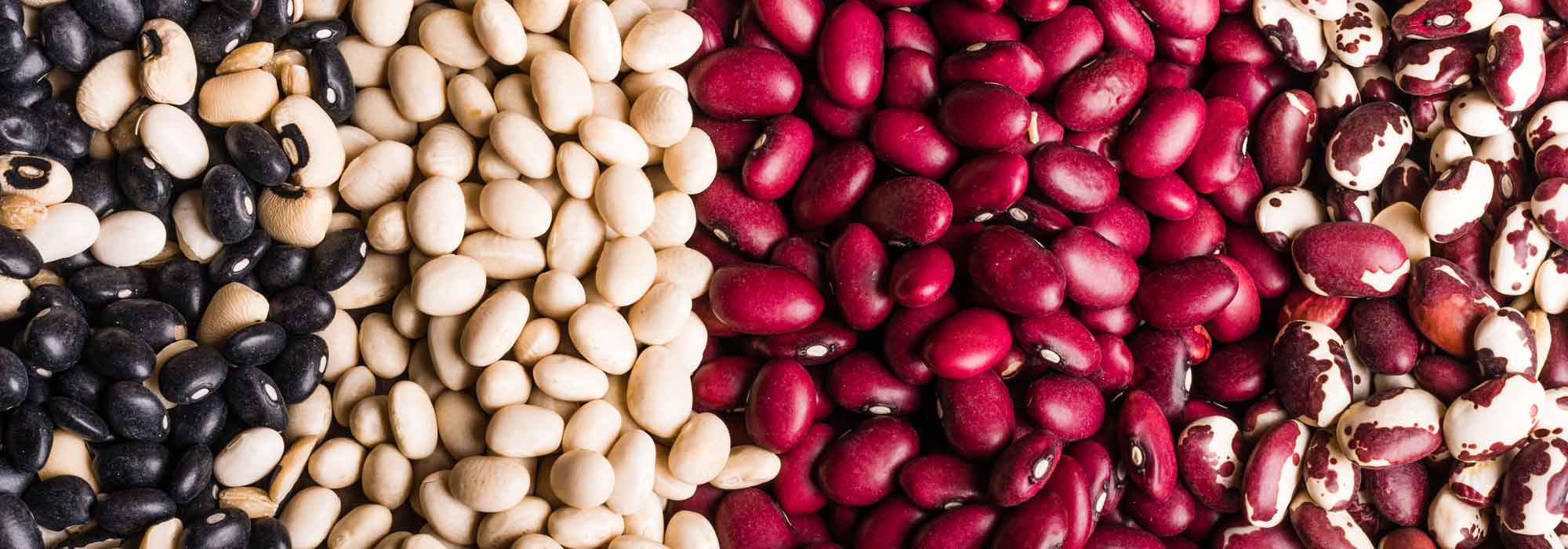
Beans : to sow, to grow, to harvest in the vegetable garden
Contents
Bean in a nutshell
- The bean is a legume, cultivated for its immature and fresh pods (green bean) or for its dry or semi-dry seeds.
- This vegetable offers great diversity: string beans, sugar snap peas, stringless beans, shelling beans, all on climbing types (staking essential!) or dwarf varieties.
- Sowing of beans takes place from mid-April (or May) in warmed soil and in a sunny position.
- Not demanding on soil type, it prefers a certain lightness and freshness; maintenance consists of hilling, weeding, and watering in case of drought.
- The harvest begins 2 months after sowing for dwarf green beans, later for climbing varieties and shelling beans.
- The most common diseases and pests are anthracnose, aphids, and bruchids.
The word from our expert
Beans are vegetables consumed for their immature pods or for their seeds. Their cultivation is so simple that they are highly appreciated by all gardeners. Dwarf varieties have the advantage of producing the first harvests two months after sowing, while climbing varieties are later, as are the shelling varieties (dwarf or climbing). Climbing varieties are often more productive than their “dwarf” counterparts. Their harvest is easier, as they are supported and provide vertical lines, which is particularly aesthetic in the vegetable garden. We recommend dwarf varieties if you are new to vegetable gardening.
There are many selections of beans, with several types distinguished: string beans, sugar snap peas, stringless beans, and shelling beans. Additionally, we consider the plant size with climbing varieties and dwarf varieties. Thus, we will find multiple combinations, for example, dwarf string beans like Fin de Bagnol, which produces a fine, long pod of light green colour, a climbing sugar snap pea like the Or du Rhin variety, which yields a butter bean with a wide, long yellow pod, a dwarf shelling bean like the famous Lingot, a traditional variety for making cassoulet, and a climbing shelling bean like the Tarbais variety, which has a red label IGP in Bigorre, at the foot of the Pyrenees. A fabulous diversity just waiting to be cultivated!
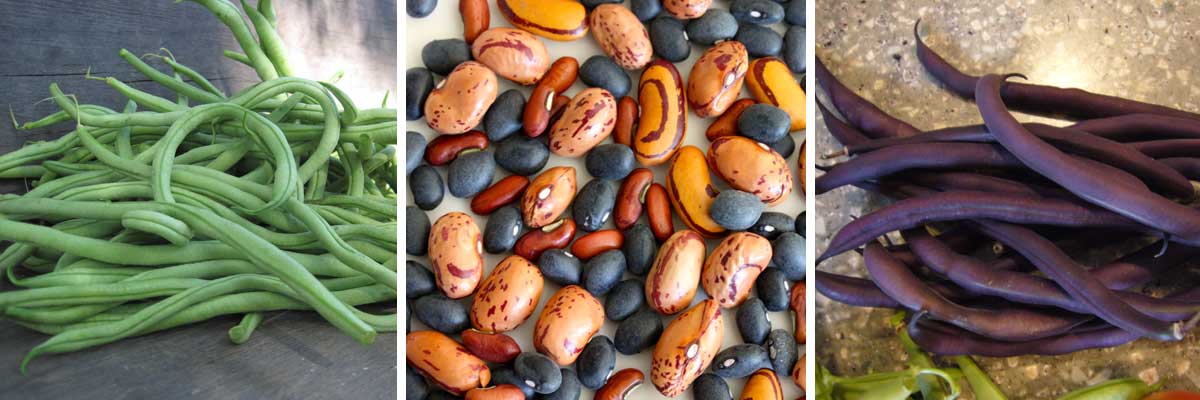
There is a great diversity of beans
Description and Botany
Botanical data
- Latin name Phaseolus vulgaris
- Family Fabaceae
- Common name Bean
- Flowering Annual
- Height 3 years
- Exposure Sun
- Soil type Light and cool
- Hardiness Not hardy
The bean was discovered in the Americas and then acclimatised in Europe from the 16th century. Native Americans cultivated it for its dried seeds, but it was the Italians in the 18th century who initiated the consumption of the entire pod by harvesting it when immature.
The common bean (Phaseolus vulgaris) is a plant of the Fabaceae family, more commonly known as legumes. It is an annual vegetable plant in temperate climates.
It can be classified into two types of growth:
- indeterminate growth, which concerns pole beans or climbing beans that can reach 3 metres high
- determinate growth, which concerns dwarf beans that reach up to 60 cm high.
In the case of pole beans, the plant develops voluble stems that are sparsely branched, with spaced internodes, twisting counterclockwise. The stems of dwarf beans are more branched and adopt a bushy habit. The leaves, green or purple, petiolate, alternate on the stem, are compound and trifoliate.
The very zygomorphic flower resembles a butterfly. It has five petals encased in a narrow calyx. The upper petal, which is turned back, is called the ‘banner’ and overshadows the other petals, forming, in pairs, the wings and the keel, reminiscent of a boat’s shell.
The flower evolves into a pod that contains seeds. Varietal selections have focused on the pods or the seeds. We can classify them into different types:
- String beans, known as “green beans”: they have green, thin, and long pods, round in section and of excellent flavour when harvested young. They require careful attention (watering) and regular harvesting (every 2 days) to maintain their taste quality; otherwise, they become stringy. Depending on their size, they can be classified as “medium” when the pod width is greater than 9 mm, “fine” when the width is between 6 and 9 mm, and “very fine” when the width is less than 6 mm.
- Stringless beans (or edible-pod beans): An intermediate variety between string beans that quickly become stringy and edible-pod beans that do not become stringy and whose fibres in the pod (the parchment) appear late.
- Edible-pod beans: they can be green or yellow (“butter bean”). They remain tender for a long time and do not become stringy. They can thus be harvested at different stages of maturity, even when advanced. Their flavour is less refined than that of string beans, but their yield is significantly higher.
- Shelling beans: these are varieties where only the seeds are consumed in the semi-dry state (fresh shelling beans) or in the dry state. There are well-known varieties such as cocos or flageolets.
- Spanish beans: this is another species of bean, Phaseolus coccineus, cultivated both for its immature pods as very large “green beans” or “runner beans” as the English call them, as well as for its fresh, semi-dry, or dry seeds and also as an ornamental plant with its generous clusters of flowers in red, white, or variegated colours, climbing up to 3 or 4 metres with the help of supports. P. coccineus is the only cultivated bean species that is allogamous; it is also more resistant to cold and can be considered perennial in the absence of frost.
The bean consists of a main root from which many lateral roots emerge. Legumes like the bean have the ability to live in symbiosis with bacteria, the Rhizobium. This symbiosis is observed by the presence of nodosities on the roots, which are small spherical excrescences called nodules. This symbiosis allows atmospheric nitrogen to be made assimilable to the plant. Indeed, atmospheric nitrogen (about 80% of our air) is in a very stable form, impossible for the plant to assimilate. The Rhizobium have the ability to transform this nitrogen and make it assimilable for the plant. In exchange, the rhizobium also gain an advantage from this symbiosis, receiving a carbon substrate (sugar) from the legume.
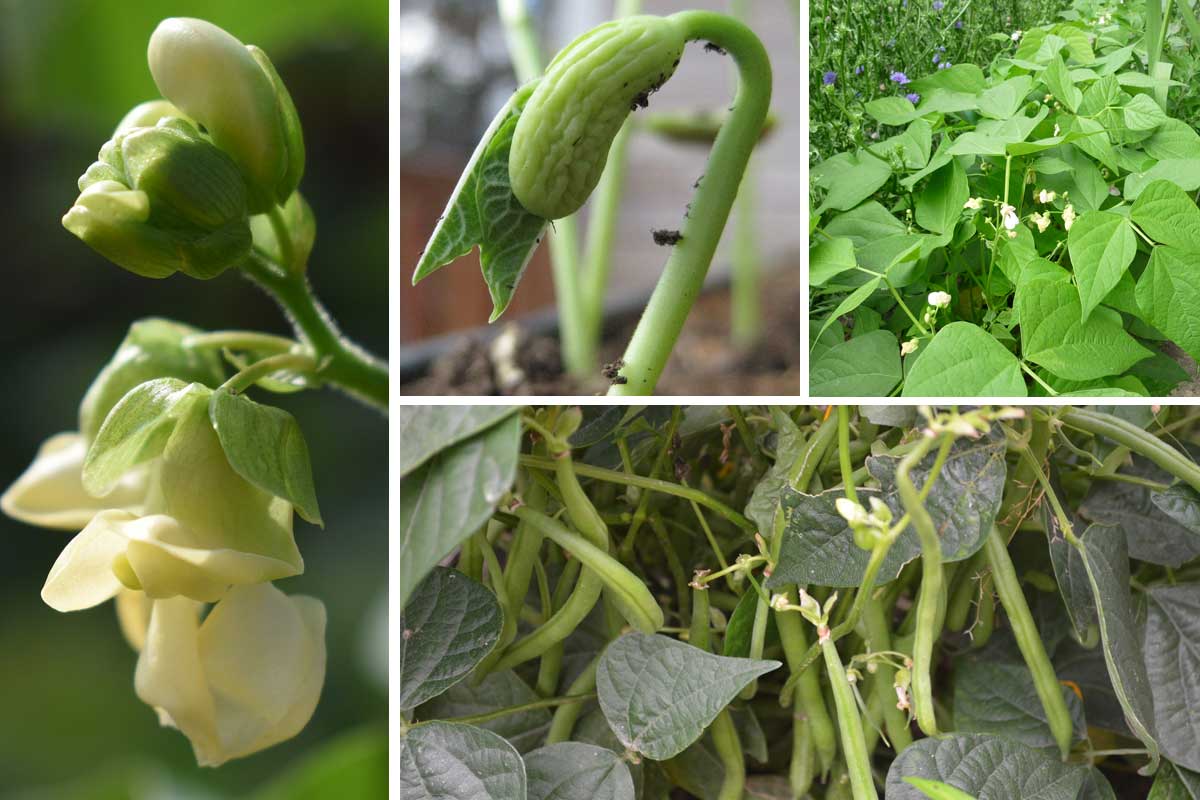
The zygomorphic flower of the bean – Young seedling – Developed bean plant – Formed bean pods ready for harvest
Bean varieties
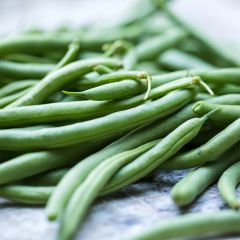
Dwarf Filet Bean Aiguillon
- Flowering time June to August
- Height at maturity 40 cm
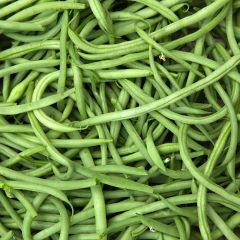
Dwarf Filet Bean Divinel - Vilmorin Seeds
- Flowering time June to September
- Height at maturity 50 cm
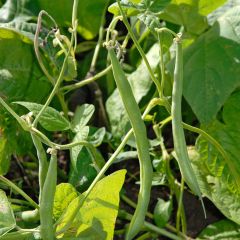
Dwarf French Bean Fin de Bagnols
- Flowering time June to August
- Height at maturity 45 cm
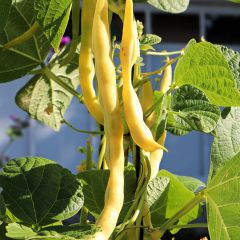
Dwarf French Bean Goussdor - Vilmorin Seeds
- Flowering time June to September
- Height at maturity 40 cm
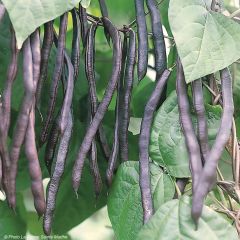
Dwarf French Bean Purple Queen - Ferme de Sainte Marthe Seeds
- Flowering time June to September
- Height at maturity 40 cm
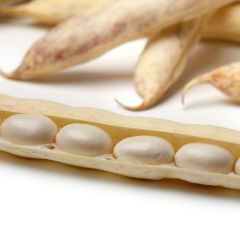
Bush Dry Bean Cocagne - Coco Paimpolais
- Flowering time June to August
- Height at maturity 40 cm
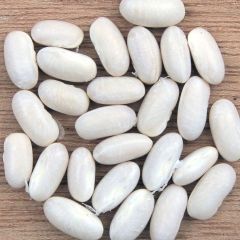
Dwarf Bean for shelling Flageolet Blanc de Flandres
- Flowering time June to August
- Height at maturity 3 m
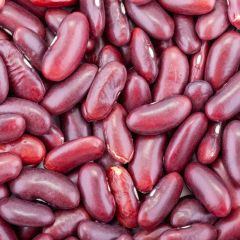
Dwarf French Bean Canadian Wonder
- Flowering time June to August
- Height at maturity 50 cm
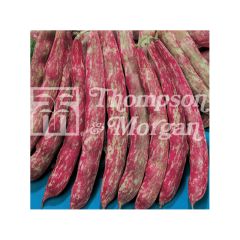
Dwarf Bean for Shelling Splendido - Borlotto Bean
- Flowering time June to September
- Height at maturity 45 cm
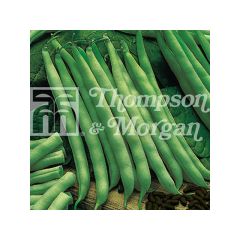
Climbing bean with net Fasold
- Flowering time June to August
- Height at maturity 1,90 m
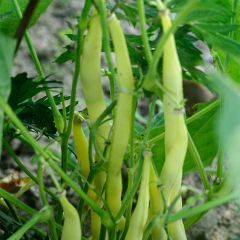
Climbing Bean Goldmarie - Ferme de Sainte Marthe seeds
- Flowering time June to September
- Height at maturity 2 m
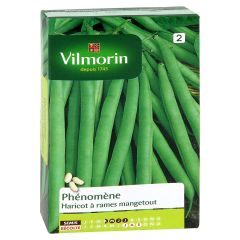
Climbing French bean mangetout Phénomène - Vilmorin seeds
- Flowering time June to September
- Height at maturity 3 m
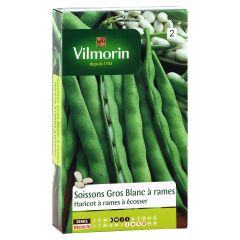
Climbing Bean to Shell Soissons Large White - Vilmorin seeds
- Flowering time June to September
- Height at maturity 2 m
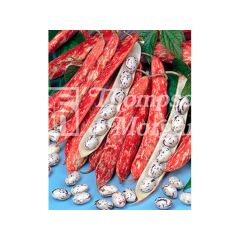
Runner Bean to Shell Borlotto Firetongue
- Flowering time June to August
- Height at maturity 1,90 m
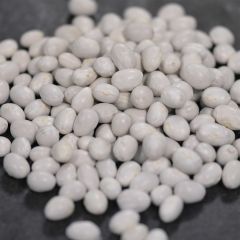
Pole Bean Coco Sophie - Ferme de Sainte Marthe untreated seeds
- Flowering time June to September
- Height at maturity 2 m

Runner Bean Lady Di
- Flowering time June to September
- Height at maturity 3 m

Runner Bean White Lady
- Flowering time June to September
- Height at maturity 3 m
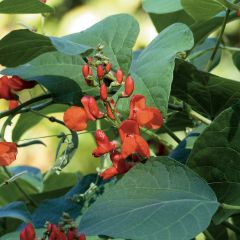
Runner Bean Prijswinner - Dutch Red
- Flowering time June to August
- Height at maturity 4 m
Discover other Bean seeds
View all →Available in 0 sizes
Available in 1 sizes
Available in 1 sizes
Available in 1 sizes
Available in 1 sizes
Available in 1 sizes
Available in 1 sizes
Available in 1 sizes
Available in 1 sizes
Available in 1 sizes
Sowing beans
Where and When to Sow Beans?
Sowing of beans takes place from April in the South to May to mid-August, in warmed soil, when frosts are no longer a concern. Its large seeds are sown directly in the ground, in rows or in clusters.
Beans prefer light, cool but not wet soils that are rich in nutrients, but not with poorly decomposed organic matter. They do not appreciate overly calcareous or acidic soils.
Prepare the soil by deeply digging to a depth of 20 cm without turning the soil. Then amend it.
How to Sow Beans?
Start by preparing the bed that will receive the sowing:
- Using a broadfork or a spading fork, loosen the soil without turning it over.
- Remove the adventive plants by hand or with a rake, then level the bed.
- Amend with well-decomposed compost or manure.
Note that sowing beans should be avoided in soil that has been limed recently, as this causes hardening and diminishes the flavour quality of the pod.
Sowing Beans, in Practice:
- Dig furrows 3 to 4 cm deep, spacing them 40 cm apart for dwarf varieties and 70 cm for climbing varieties,
- Water generously with a watering can in the furrow,
- Sow the seeds in a line, spacing them 5 to 7 cm apart or in clusters of 4 to 5 seeds, every 40 cm.
- Cover the seeds with soil and firm down with the back of a rake.
- Wait for germination, then resume watering.
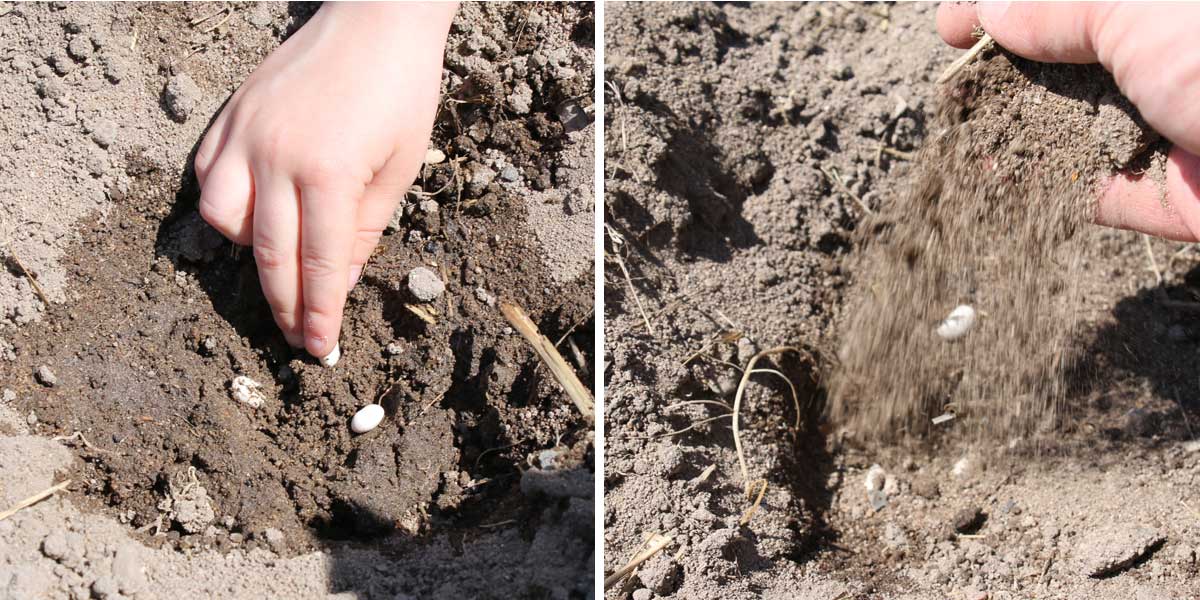
Read also
How to grow dry beans?Cultivation, care, and companion planting of beans
Beans are not demanding; they adapt to all types of soil, even ordinary ones, but they prefer light, fresh, and not overly calcareous soils. Like most vegetable plants, they need sunlight to bear fruit.
It is useful to mound the plants starting from the stage of the first two leaves. A slight furrow can be formed along the mounding line to facilitate and conserve watering water, which should preferably be done at the neck of the watering can. Once the plants are well developed, we recommend mulching the soil. If you leave the soil bare, you will need to carry out regular weeding and hoeing to prevent the appearance of “weeds”.
In the vegetable garden, beans are good companions; they associate well with almost all vegetables: aubergines, carrots, cabbages, potatoes, and radishes as they protect each other. However, avoid planting them next to leeks, garlic, onions, shallots, fennel, and other Fabaceae such as peas and broad beans. Traditionally, bean cultivation is associated in Central and South America with that of squashes and maize, forming a triad whose companionship is positive. This association is locally called Milpa.
Staking Climbing Beans
There are different types of staking for climbing beans: the Canadian tent stake, tipi, on nets or grids. Any tall element can become the support for this type of bean, which then takes on a very aesthetic appearance.
To learn more about staking techniques, consult our advice sheet.
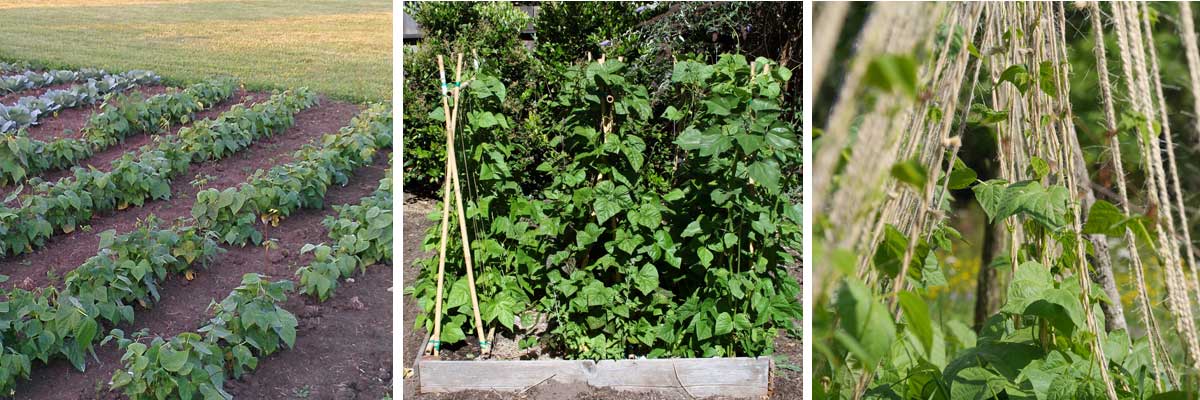
Diseases and Pests of Beans
Beans generally grow without any issues. However, among the possible pests and diseases, we find anthracnose, aphids, and the bruchid:
Bean Anthracnose
Bean anthracnose is a fungal disease caused by the fungus Colletotrichum lindemuthianum. It manifests as brown spots visible on light seeds, and cankers and necrosis on leaves, stems, and pods. Like most fungal diseases, anthracnose is favoured by moisture and cool temperatures. It is important to note that this disease is transmitted through and by the seed, so it is crucial to carefully observe the plants if you are harvesting your own seeds. To combat this disease, as a preventive measure, it is necessary to maintain a rotation of at least 3 years and avoid adding any poorly decomposed organic matter. It is also possible to select resistant varieties such as ‘Aiguillon.’ Climbing varieties are less susceptible than dwarf ones.
Aphids… Vectors of Viruses
Various species of black and green aphids can pose a problem for bean cultivation. Attacks can easily be controlled by spraying water mixed with black soap (20% dilution).
An associated problem with aphids is that they are vectors of various mosaic viruses (common, yellow, golden) through their bites. Choose particularly resistant varieties, such as ‘Argus’, ‘Castandel’, or ‘Delinel’.
Bean Bruchid
The Bean Bruchid Acanthoscelides obtectus is a beetle that completes part of its larval cycle inside the beans. During pupation, clear circular holes are observed in the beans, rendering the seed inedible. This is a significant problem during seed production and for the consumption of dried grains. A simple and effective solution exists to kill any potential larvae: once the beans are ripe, they should be harvested without delay and placed in the freezer for at least 24 hours. It is important to carry out this operation as soon as possible to stop the larval development of the bruchids, which lasts for three months, within the beans.
→ Learn more in our article: Bruchid of legumes, what is it? How to get rid of it?
Harvest and storage
Harvesting of the bean begins 2 months after sowing. It takes place every 2 to 3 days for string beans (at the fine or extra-fine stage) which quickly take on the filament. Mangetout beans and stringless beans have the advantage of being able to be harvested over a longer period, but the younger they are harvested, the finer the taste will be. For fresh beans, harvesting should be done before the pods start to dry.
The harvesting of dry beans is done by cutting the plant completely, which is then suspended in a dry, airy place before being shelled and placed in the freezer for a minimum of 24 hours to destroy any potential weevil larvae.
Today, freezing of the pods is the most common method of preservation. To do this, you will need to trim the ends, wash them, blanch for 5 to 6 minutes in boiling water, then plunge them into cold water before drying them with a clean cloth. Once bagged, the beans can be placed in the freezer at -18°C.
However, canning is regaining popularity among a growing number of consumers due to the inherent taste qualities of this preservation method. As with freezing, trim the ends, wash, blanch, and then plunge the beans into cold water. Next, place them in jars that you will fill with boiling salted water. Seal them and then sterilise in a pressure cooker or with a steriliser for 1 hour and 30 minutes over medium heat. To do this, completely cover the jars with water after securing them well with cloths.
Dry beans can be stored for a year if kept in good conditions, such as in airtight jars.
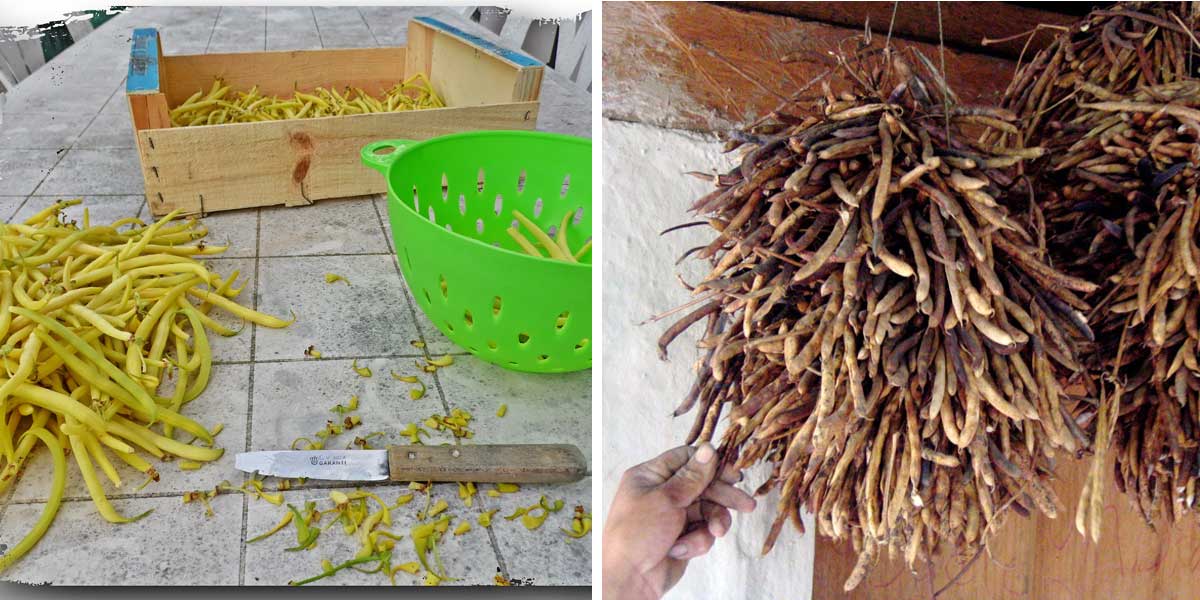
Green beans need to be trimmed before being consumed or frozen. Pods of beans set out to dry for harvesting dry beans.
Uses and nutritional benefits
Green beans accompany and are part of the composition of numerous dishes and recipes: in cold salads, with button mushrooms, tomato sauce, with garlic, or simply steamed. To have digestible, tasty, and crunchy green beans, they should be cooked in steam or boiling for 5 to 7 minutes, then rinsed in cold and drained.
Dried beans are still, to this day, underutilised in cooking. However, their use is much more versatile than that of green beans, and not just in fayots! They can serve as a base for spreads or “dips”, they are included in many salads, soups, in minestrone, the famous cassoulet, garbure, as a vegetable pâté, in purée and even in bean burgers! In short, there is no shortage of recipes using dried beans.
Green beans provide, in quantitative order, carbohydrates, fibres, proteins, minerals, vitamins, and very few lipids. Even though carbohydrates are the most significant, their quantity is lower than the average amount found in cooked vegetables. Therefore, they are more interesting for their source of fibres, vitamin B9 and C, and selenium. Finally, they contain polyphenols with antioxidant effects.
Dried beans are composed largely of starch, fibres, and proteins, with amino acids such as lysine. They contain good amounts of phosphorus, iron, magnesium, and vitamins B1, B6, and B9. They are an excellent dried vegetable, rich in proteins, ideal for vegetarians.
Useful resources
Discover:
- In our shop, our range of bean seeds.
- Our tutorial: The bean teepee
- Our advice sheet: How to choose beans?
- Also discover our sheet on the Kilometre bean
- Learn more about dwarf beans
- Our advice sheet: White beans: 6 varieties to grow in the vegetable garden
- Our advice sheet: String beans: 3 good reasons to grow them
Two interesting books to go further:
- In the garden: I grow peas, broad beans, beans by Blaise Leclerc, published by Terre vivante, 2013
- In the kitchen: Do you know how to taste dried vegetables? by Bruno Couderc, Gilles Daveau, Danièle Mischlich, and Caroline Rio; photographs by Kim Jonker, published by Presses de l’EHESP, 2014
Frequently asked questions
-
My sowing of beans isn't germinating, why?
The causes of a failed sowing of beans can be multiple: - Overwatering. Water on the day of sowing and wait for the seeds to germinate before watering again. - Seeds that are too old. Regularly check the germination of your seeds, knowing that the average germination duration of beans is only 3 years. - Sowing done too early in the year. Beans need at least 16°C to germinate; sowing too early can hinder germination, so wait until the soil is sufficiently warmed to sow.
- Subscribe!
- Contents
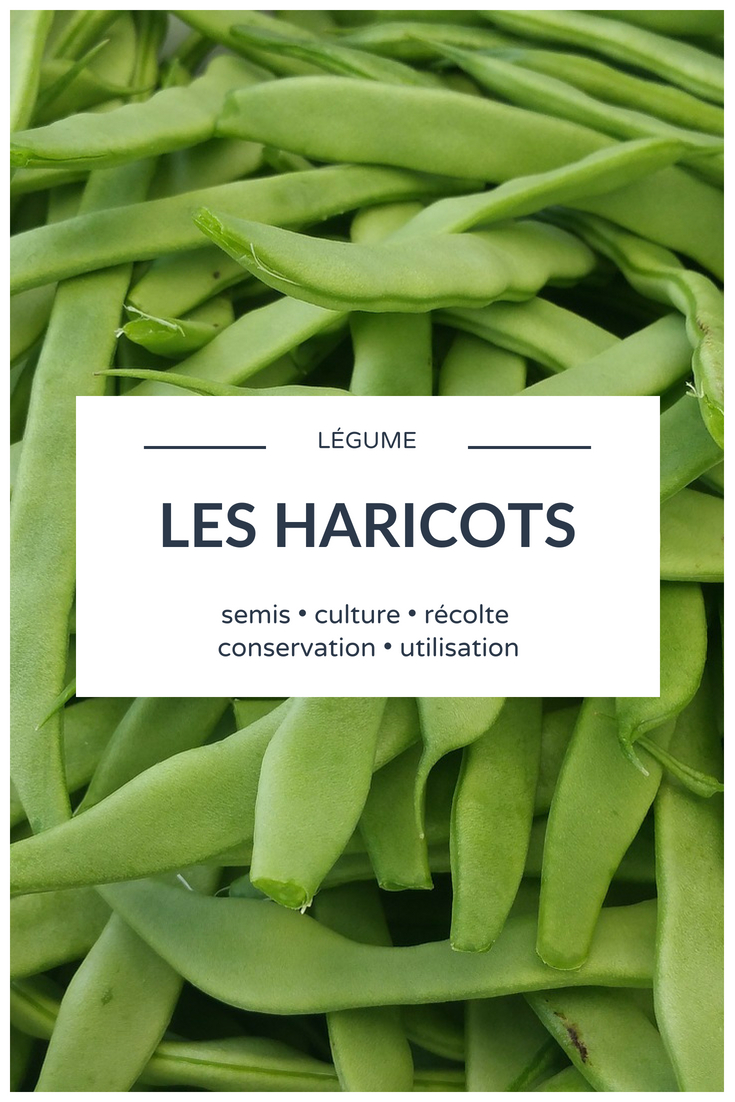































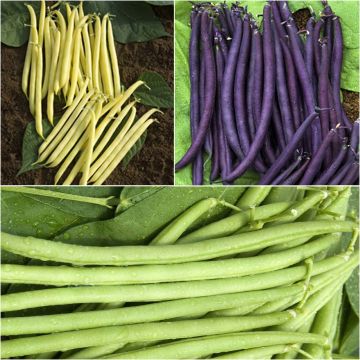
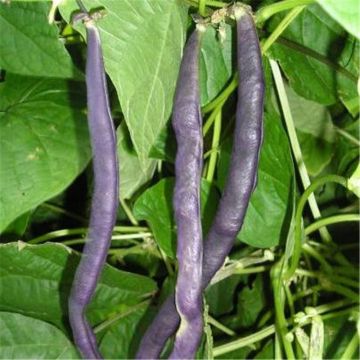

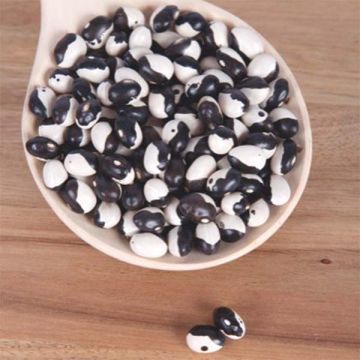

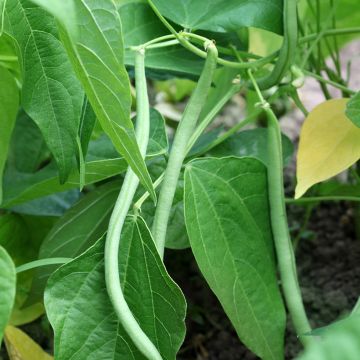
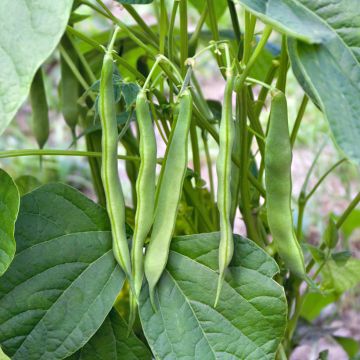
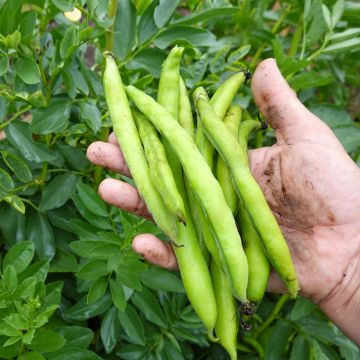
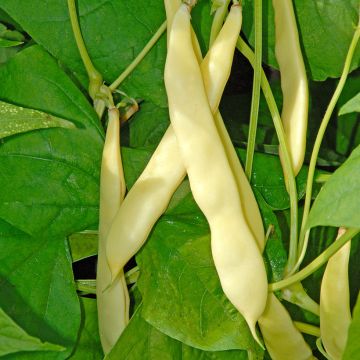
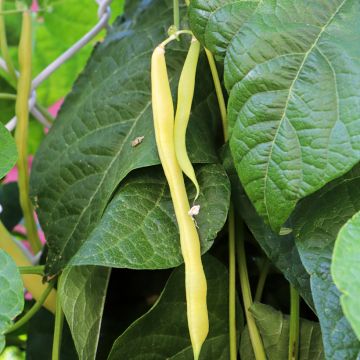
Comments